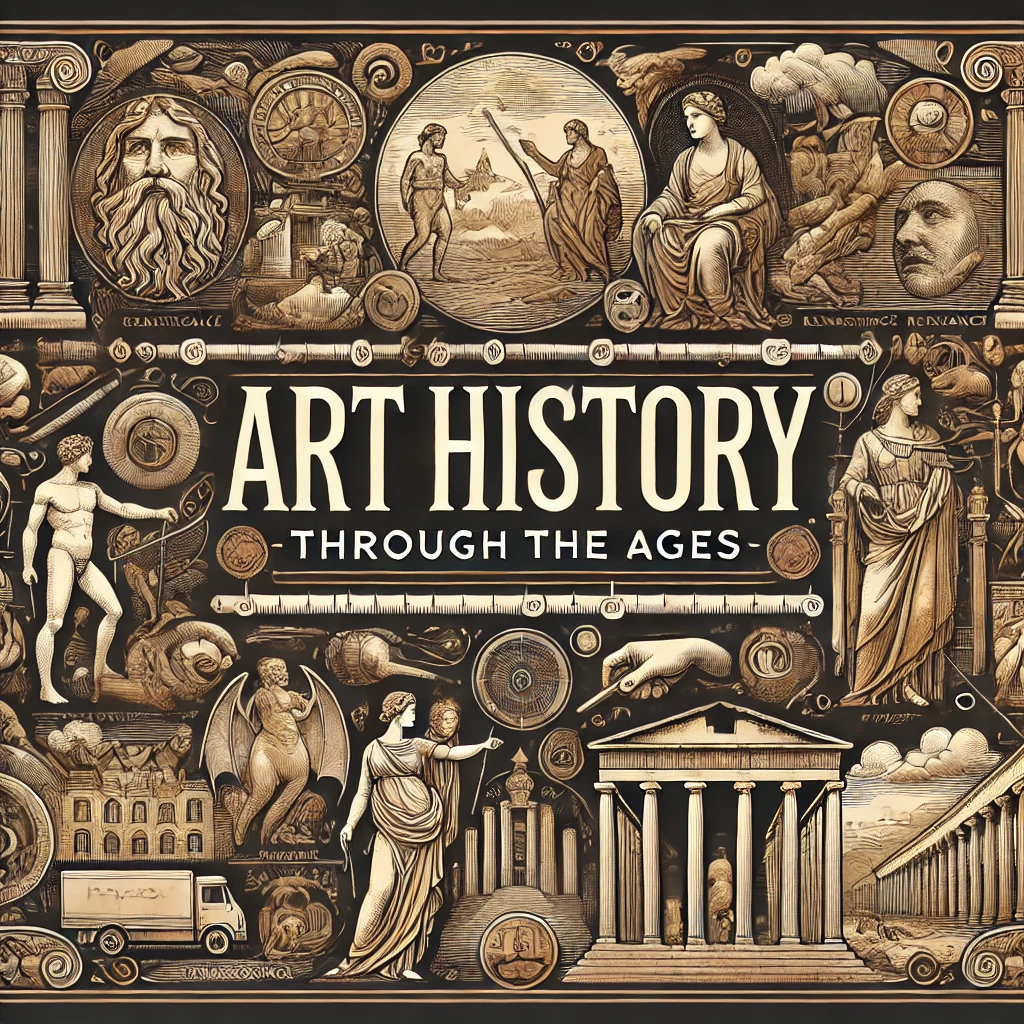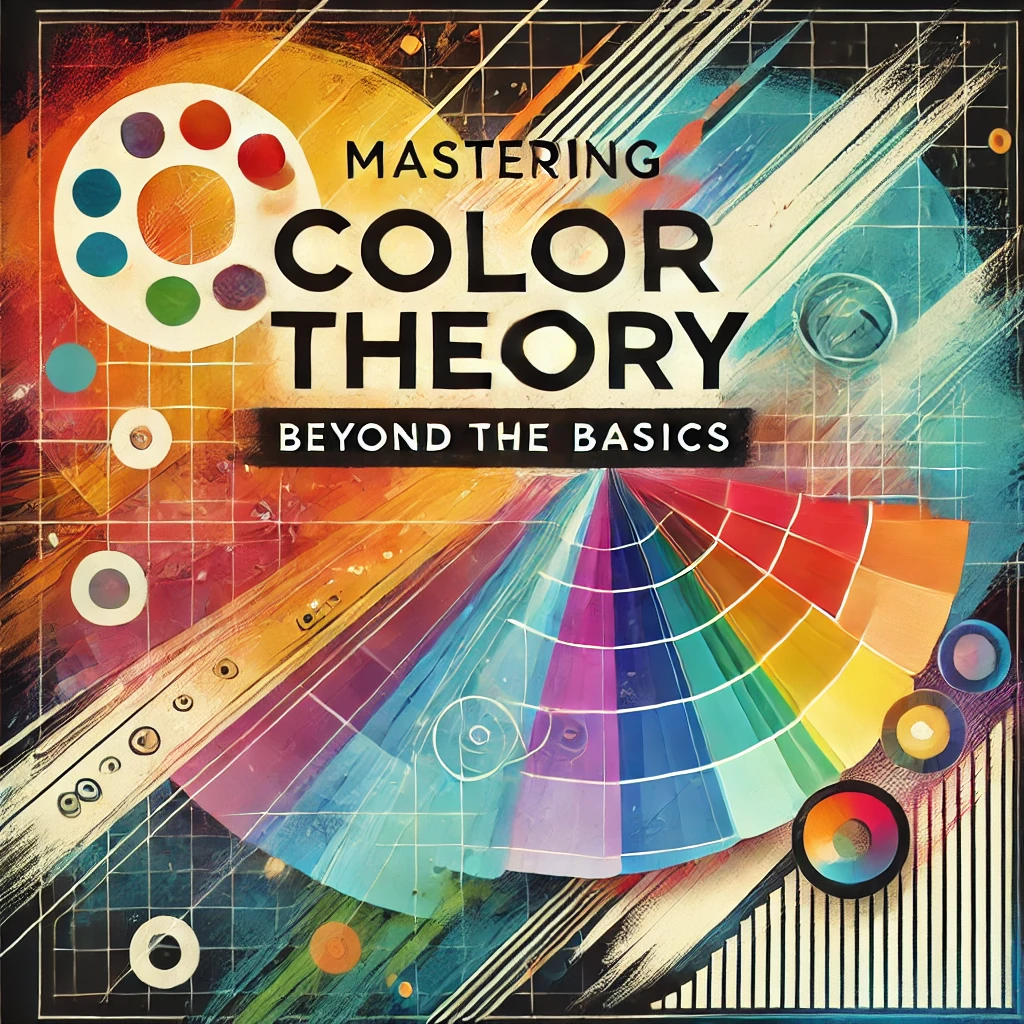Step into the story of art. From prehistoric cave paintings to contemporary installations,
this course unveils how humanity has used creativity to question, celebrate, and transcend life itself.
Led by Lara J. Trad, an internationally exhibited surrealist painter and designer, you’ll gain a
deeper appreciation for how artistic evolution still echoes through today’s visual language.
What You’ll Learn
Understand the significance of key art movements and styles throughout history
Identify the cultural, political, and philosophical influences behind major artworks
Analyze techniques, materials, and symbolism in art.
Discover how art has evolved to reflect society’s values and changes
Build a foundation for appreciating art in museums, galleries, or personal study
Section 1: Introduction to Art History (30 mins)
Lecture 1.1: Welcome and Course Overview
Lecture 1.2: Why Study Art History?
Lecture 1.3: Tools for Analyzing Art
Section 2: The Dawn of Art (1 hour)
Lecture 2.1: Prehistoric Art: From Cave Paintings to Megaliths
Lecture 2.2: Ancient Civilizations: Egyptian Art and Mesopotamian Mastery
Lecture 2.3: Activity: Create Your Own Prehistoric-Inspired Artwork
Section 3: The Classical World (1.5 hours)
Lecture 3.1: Greek Art: Ideals of Beauty and Balance
Lecture 3.2: Roman Art: Innovation and Realism
Lecture 3.3: The Rise of Christian Art in the Late Roman Empire
Lecture 3.4: Quiz: Match the Masterpiece to Its Civilization
Section 4: The Middle Ages and the Gothic Revival (1 hour)
Lecture 4.1: Byzantine Art and the Dawn of Iconography
Lecture 4.2: The Art of the Gothic Cathedrals: Light and Structure
Lecture 4.3: Symbolism in Medieval Manuscripts
Lecture 4.4: Exercise: Sketch a Gothic-Inspired Design
Section 5: The Renaissance and Baroque Periods (1.5 hours)
Lecture 5.1: The Renaissance: A Rebirth of Humanism and Perspective
Lecture 5.2: Baroque Drama: Light, Shadow, and Emotion
Lecture 5.3: Case Study: Da Vinci, Michelangelo, and Caravaggio
Lecture 5.4: Interactive: Analyze a Renaissance Masterpiece
Section 6: The Modern Era (1.5 hours)
Lecture 6.1: Romanticism, Realism, and the Break with Tradition
Lecture 6.2: The Birth of Impressionism: Light and Everyday Life
Lecture 6.3: Abstract and Surrealist Movements of the 20th Century
Lecture 6.4: Case Study: Picasso’s Influence on Modern Art
Section 7: Global Perspectives on Art (1 hour)
Lecture 7.1: Asian Art: Calligraphy, Painting, and Sculpture
Lecture 7.2: African Art: Masks, Rituals, and Symbolism
Lecture 7.3: Indigenous Art from the Americas and Australia
Lecture 7.4: Activity: Research and Share a Non-Western Art Style
Section 8: Art in the Contemporary World (30 mins)
Lecture 8.1: The Digital Age of Art: New Media and NFTs
Lecture 8.2: Street Art and the Rise of Urban Expression
Lecture 8.3: Reflecting on the Future of Art
Course Features
Downloadable Timelines: Visualize key movements and their historical context.
Quizzes: Test your understanding after each major section.
Interactive Activities: Apply concepts creatively through hands-on exercises.
Discussion Forums: Connect with fellow students to share insights and inspirations.
What You’ll Need
A notebook for sketches and notes.
Internet access for exploring additional resources and artworks.
Optional: A camera or smartphone to document your art-inspired creations.
Certificate of Completion
Earn a certificate to showcase your mastery of abstract art techniques.

